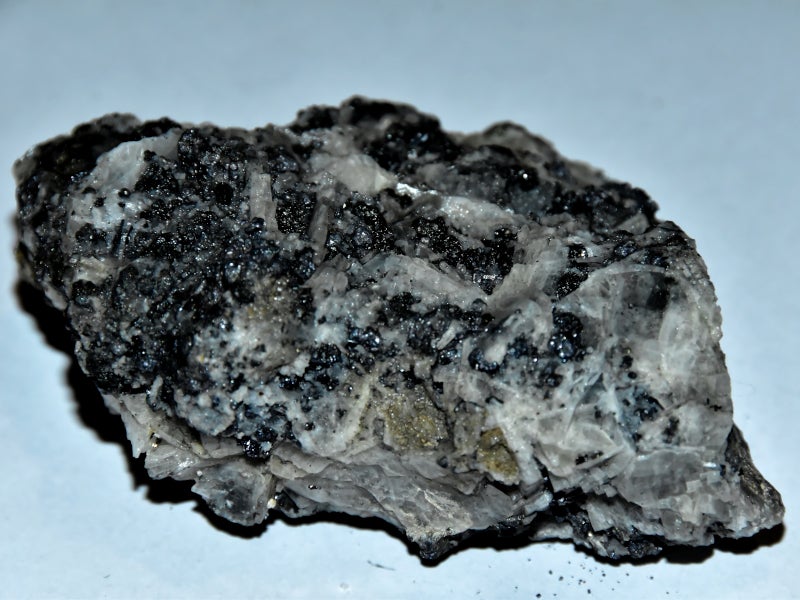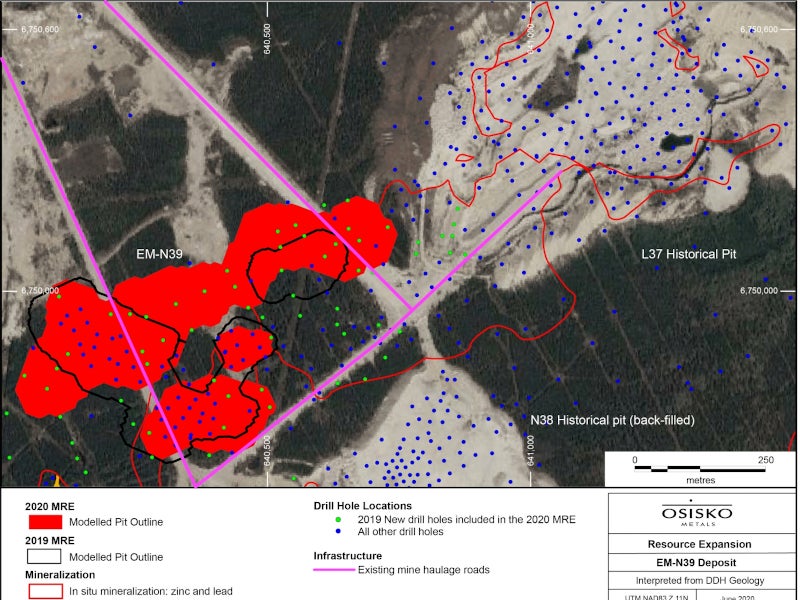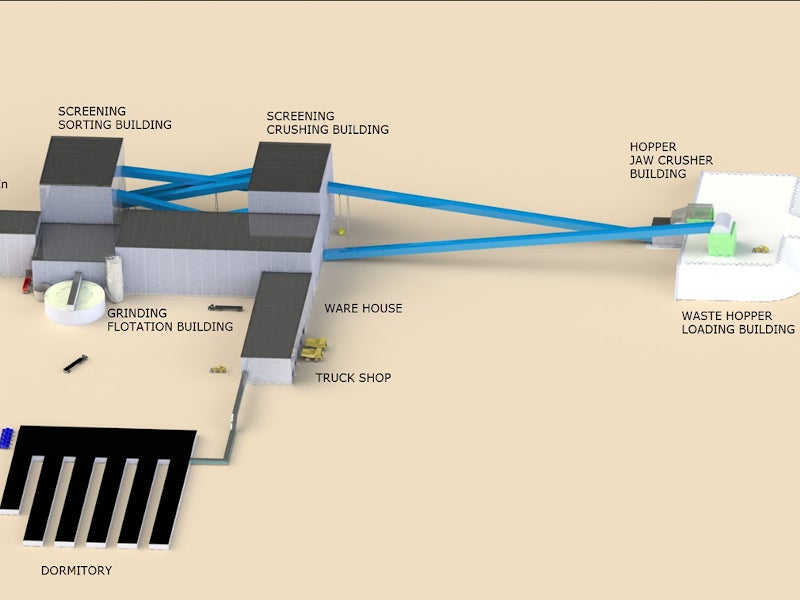The Pine Point lead-zinc project is an assemblage of more than 50 open-pit and underground mines proposed to be developed by Osisko Metals in the Northwest Territories of Canada.
A preliminary economic assessment (report) for the project was published in June 2020. It predicted an average annual production of 327 million pounds (Mlbs) of zinc and 143Mlbs of lead over an estimated mine life of 10 years.
The total pre-production capital expenditure for the project is estimated to be £328m (C$555m) while the total sustaining cost is estimated to be £269m (C$458m).
If it enters into production, the Pine Point project is likely to be the fourth biggest zinc producer in the Americas and the ninth biggest in the world.
The project is also expected to create up to 395 jobs during the construction phase and approximately 258 jobs during operations.
Project location and development history
The Pine Point lead-zinc project is located approximately 60km east of the town of Hay River, in the Northwest Territories, Canada. The project site covers approximately 22,213ha on the south shore of the Great Slave Lake.
The historical lead-zinc deposit was discovered in 1898 while the further exploration activities at the site were initiated by Cominco in 1929.
Cominco started commercial mine production at the site in 1964, which later ramped up to 10,000 tons per day (tpd) mill throughput. The mine was however decided to be closed in 1987.
The Pine Point mine is being considered for redevelopment after Osisko Metals eventually acquired ownership of the property in February 2018.
Geology, mineralisation, and resources
The Pine Point lead-zinc mineralisation occurs in shallow depths within an east-west trending dolomitized reef structure with sulphides deposited as colloform and coarse, vug-fill styles.
The concentrated sulphides are present in two deposit types. The tabular deposits consist of horizontal, locally continuous, mineralization while the prismatic deposits consist of near-vertical pinnacles of strong sulphide development.
Approximately 80% of mineral resources at Pine Point are amenable to open-pit mining while the remaining 20% are identified as underground resources.
The mine was estimated to hold 12.9Mt of indicated resources grading 4.56% zinc and 1.73% lead (Pb) as of June 2020.
The inferred resources were estimated to be 37.6Mt grading 4.89% zinc and 1.91% lead.
Mining methods for the Pine Point project
The Pine Point mining operation will comprise a total of 55 small mines including 47 open-pit and eight underground mines with a target ore production rate of 11,250tpd.
The target open-pit deposits are located within 125m depth from the surface over a strike length of 50km, in the East Mill, Central, North, and N204 Zones. The underground deposits will be extracted in the West and Central Zones between year 3 and year 9 of the mining operation.
The open-pit mining will be carried out in 5m benches in the mineralised zones and in 10m benches in waste rocks regions. The overall open pit wall angle will be 45 degrees and the mining fleet will involve 90t long-haul trucks.
The underground operations for the project will utilise a combination of long-hole stoping (80%), and room and pillar (20%) methods, and 45t haul trucks for transporting the ore via ramp access on to the surface.
Mineral processing
The proposed Pine Point process plant will house a three-stage crushing circuit along with an X-ray transmission (XRT) based mineral sorting system to reject 40% waste material on average.
The crushed ore material will pass through a 6700tpd ball mill before undergoing floatation for the production of lead and zinc concentrates.
The processing plant will be designed to produce an average of 168tpd of lead concentrate at 62% Pb and 687tpd of zinc concentrate at 58% Zn. The flotation circuit tailings will be thickened and pumped for disposal.
The final concentrate products will be hauled approximately 80km by truck to a trans-loading facility at Pine Point Junction for further transportation to the North American smelters by railway and to the Asian smelters through sea route.
Infrastructure facilities for the Pine Point lead-zinc project
The pre-existing infrastructure facilities at the project site includes an active power substation, a paved GNWT highway access as well as a network of 25m-wide internal haul roads.
The electricity for the mining operation will be provided by the Northwest Territories Power Corporation through the Taltson hydro-electric grid. Additional power will be supplied by mobile LNG fuelled generators.
Contractors involved
Canada-based consulting firms BBA and WSP Canada, and US-based consulting and engineering firm Tetra Tech were engaged for the preparation of the PEA for the Pine Point lead-zinc project.





